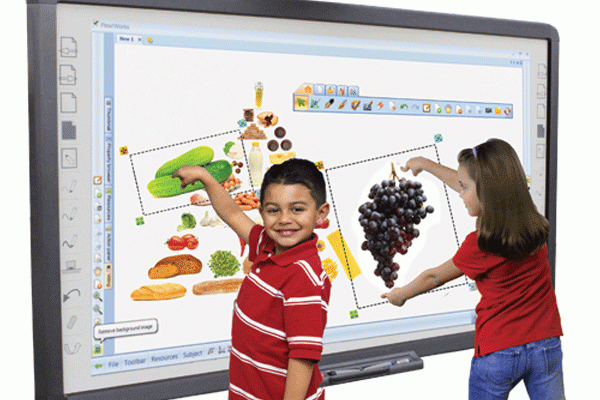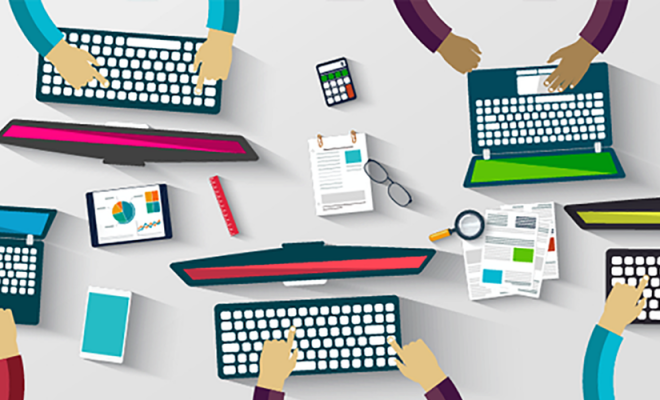An Insider’s View into the Edtech Market for Literacy

Teaching literacy to the modern generation has an entirely new meaning. Teachers must be concerned with teaching their students to read and write fluently, but they also need to consider the digital world. Both traditional and digital forms of literacy are going to be essential for future success in the workplace. However, the basics of both concepts must be taught in early childhood and K-12 education to give the best foundation for higher education.
Edtech can help teachers to promote better literacy in the classroom and well beyond. It has great potential to increase the literacy of most students, but it has to meet a very stringent set of criteria first.
What are early childhood, K-12, and higher education’s most pressing needs?
Literacy can be a tricky skill to teach in a classroom full of students. After all, every reader is going to be on a slightly different level. Educators are trained to teach to the middle of the class, which unfortunately leaves some children behind while others are bored. They need a way to challenge each child exactly where they are at based on their current reading level.
They also need to have engaging content to present to students. Imagine drumming up enthusiasm for reading by handing out the same dull passages that students have seen for years. While that may have its place, educators need to seek out engaging literature that inspires students to want to read their materials.
How can edtech companies meet these needs?
Edtech companies can meet these needs primarily by creating a platform that caters to multiple reading levels. This will mean creating a program that suits below-grade readers, on-grade readers, and advanced readers all at the same time. Fresh and engaging content that can sustain student interest should be considered a must for any edtech company hoping to make their place in this market.
Incorporating digital literacy into the program would be equally beneficial. Students should be learning more about how to navigate through the computer and internet while using edtech.
Keep in mind that not all students can read well. Disabilities may play a part in how much teachers can encourage traditional literacy in the classroom setting. Edtech must be willing to accommodate some of these differences to make literacy accessible for every student. This could mean text-to-speech programs or audiobooks.
What are the 3 major companies that operate in this space?
Literacy has always been an important aspect of the classroom, so it makes sense that edtech companies would have already come up with a solution. There are plenty of options for teachers who want edtech to help with literacy. However, these three come highly recommended.
- Newsela: Newsela combines major news and research with adaptive reading materials. Split your class up into their appropriate categories and give them an article to read. You can find relevant material for every subject area so you can incorporate literacy across your entire day.
- Polly: Amazon’s Polly program is a text-to-speech app that sounds more natural than many of the others. This could be an ideal way to help below-grade readers to improve their literacy. The text-to-speech software allows them to hear each word while they follow along. Students might finally be able to catch up with these assistive technologies for literacy.
- LibroVox: Access more than 50,000 audiobooks for students that you can download once for later use. These could be a great way to inspire struggling readers to pick up a book. After all, it is much easier to follow along than it is to attempt to read it all on your own.






